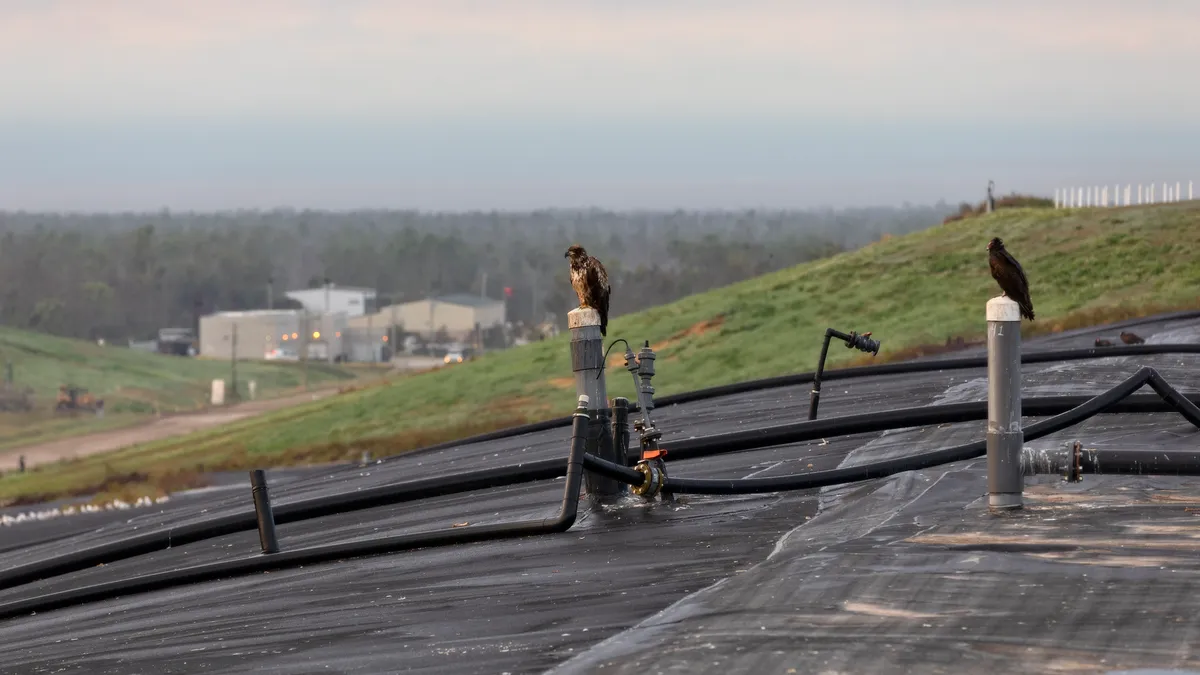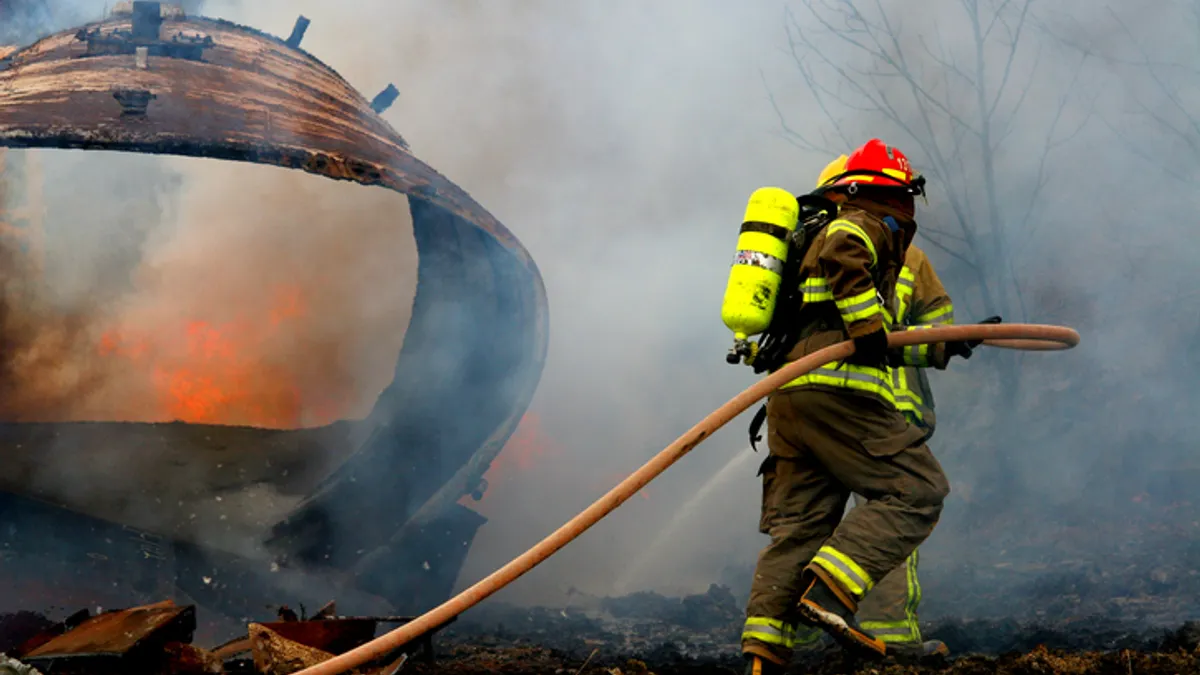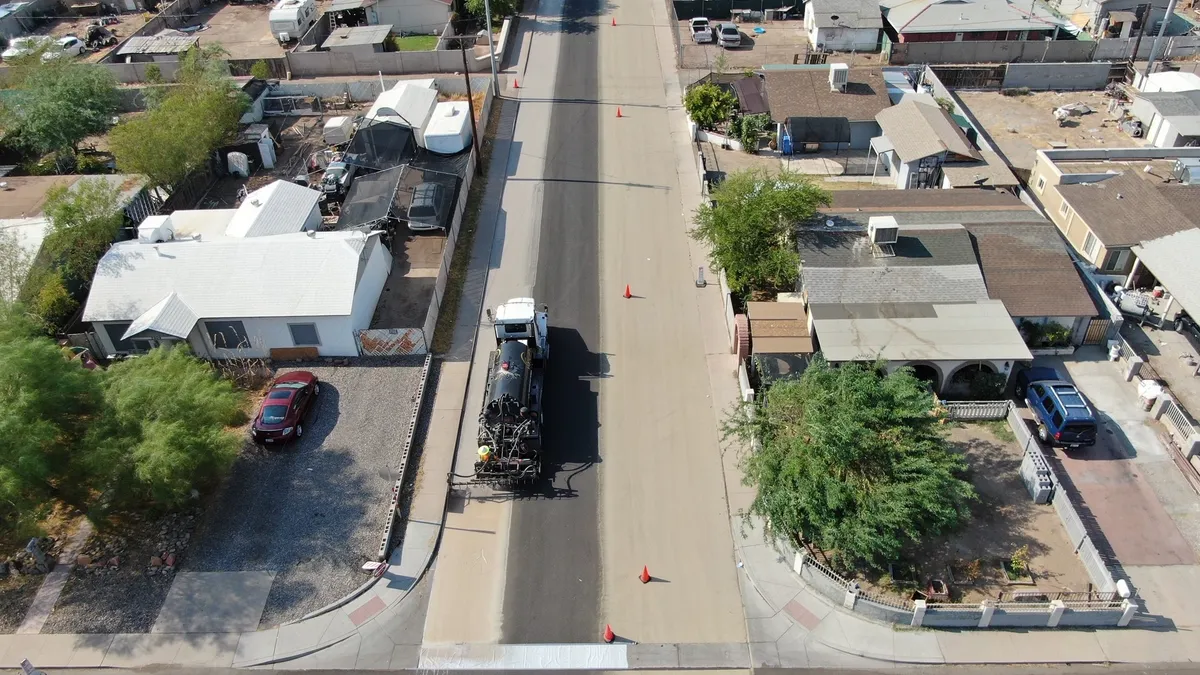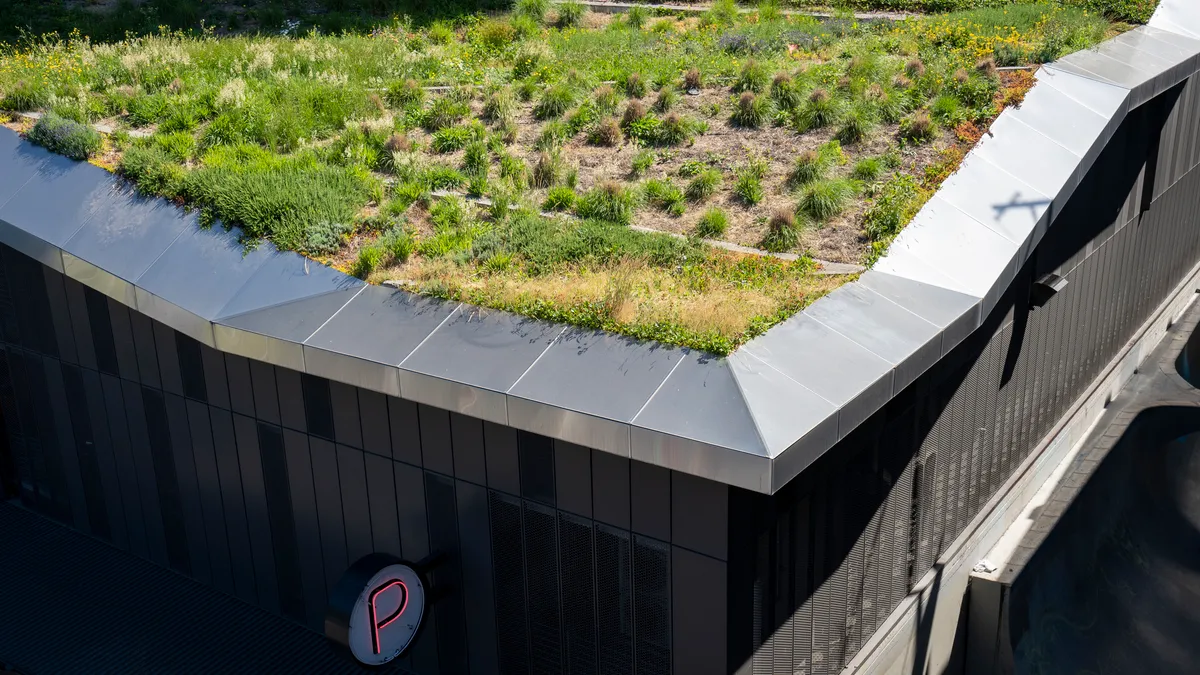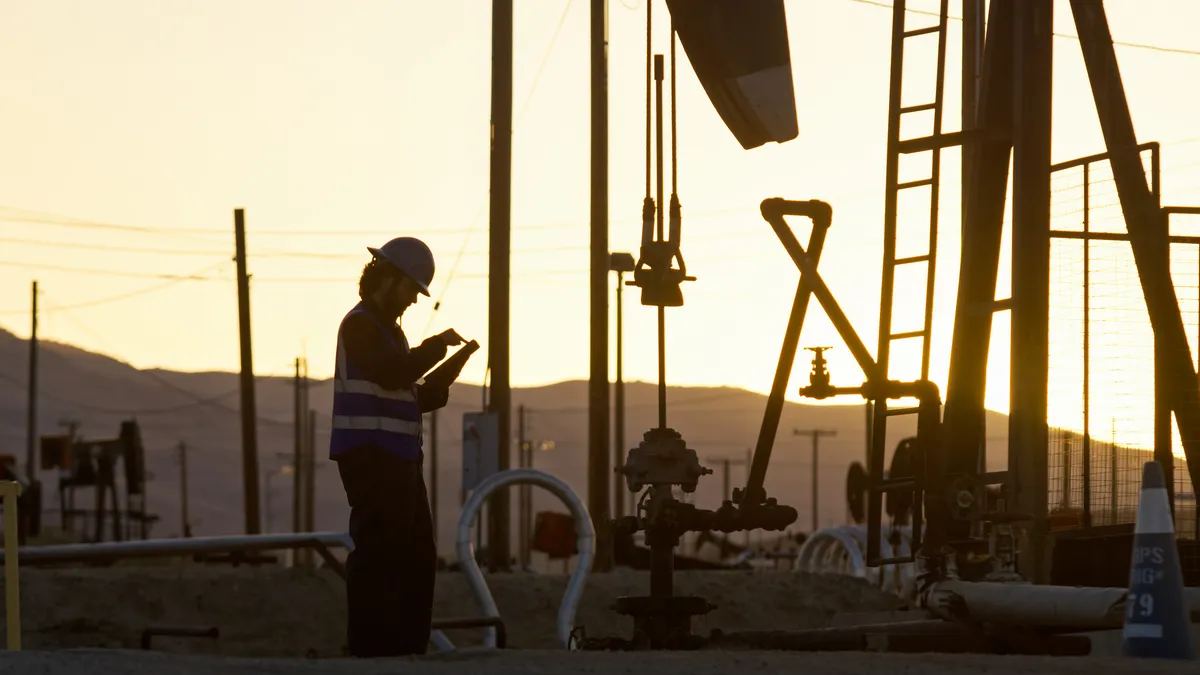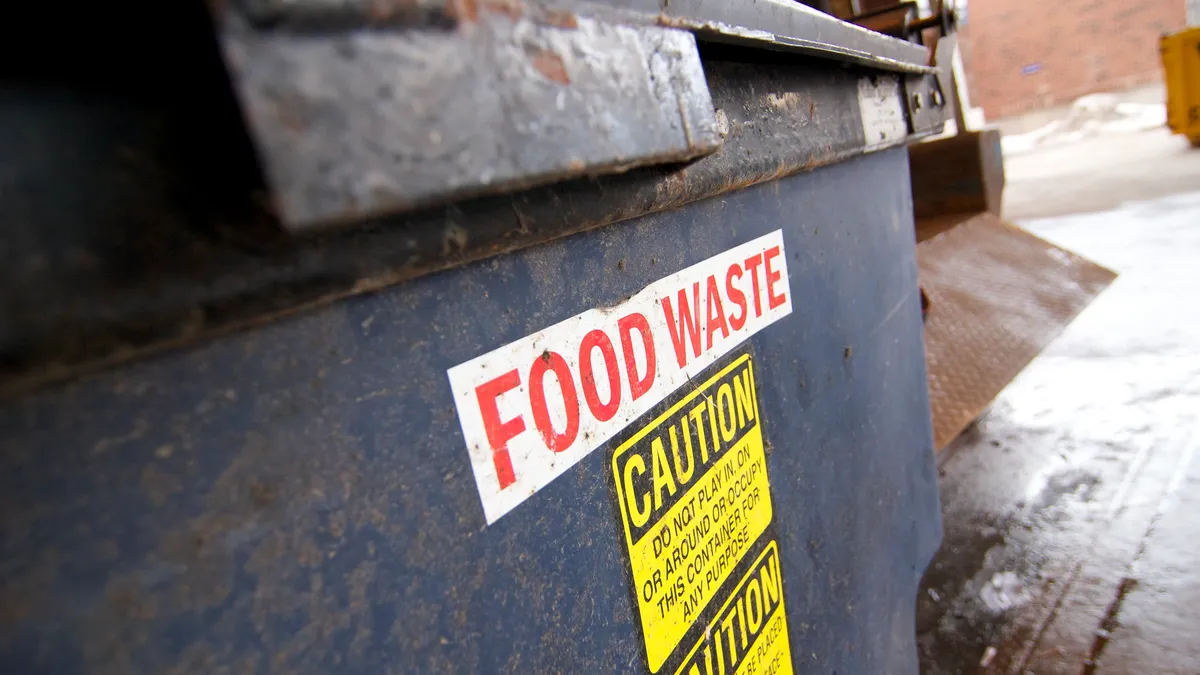As the U.S. EPA draws closer to disbursing billions of dollars through the Climate Pollution Reduction Grant, groups are urging local governments to make organics a priority to both reduce landfill emissions and strengthen waste management systems.
The scale of the challenge was underscored in recent weeks by new data published by the Greenhouse Gas Reporting Program. The program, run by EPA, collects emissions data from large industrial emitters, including MSW landfills that produce more than 25,000 metric tons of carbon dioxide equivalent annually.
In its 2022 update, the program found that methane emissions from the waste sector declined by 2.2 million metric tons year over year. But that decline is slower than the second largest methane-producing sector, petroleum and natural gas systems, in which emissions fell by 6.6. million metric tons.
Total emissions from the waste sector fell by about 9% over the last decade, while total emissions from all sectors fell by about 15.5%, according to the GHGRP data.
Scaling back waste emissions will require addressing the methane gas produced by the waste sector, especially landfills, in much greater quantities than other sectors. In 2022, the waste sector accounted for 48.8% of methane emissions tracked in the GHGRP, and its share of overall methane emissions has been climbing since 2016. That’s compounded by long-standing issues the waste industry has with imprecise modeling to track landfill emissions, which environmental groups say may be leading to an undercount.
Those concerns, and methane’s potency as a greenhouse gas, should make landfill methane emissions a target for local governments, Katherine Blauvelt, circular economy campaign director at Industrious Labs, said.
“This is clearly low-hanging fruit,” Blauvelt said. “You've really got to look at, what's contributing the methane in my state? And we know in most states, landfills are a big part of that story.”
Blauvelt’s team at Industrious, an industrial climate solutions group, partnered with RMI to produce a memo, published on Oct. 6, guiding local governments on how to use federal Climate Pollution Reduction Grants — which make billions of dollars available for governments looking to act on their climate action plans — to address landfill methane. Much of their guide focuses on organics diversion, which a growing number of municipalities and states are supporting via food scrap drop-offs or curbside collection.
The EPA anticipates handing out dozens of grants ranging from $2 million to $500 million through the program beginning in fall 2024. The deadline for local governments to apply for the grants is April 1, 2024.
RMI and Industrious suggested state and local governments could harness funding from the CPRG program to update rules on organics and landfill management, including ensuring that gas collections systems "go into place in a timely manner, they're robust, [and] they combust that methane." Blauvelt also said governments could sponsor emissions monitoring if needed, as states like California and Pennsylvania have begun to do.
"It's those tactics that are just going to really allow us to take a quantum leap forward in getting a handle on methane emissions," Blauvelt said.
New research suggests municipalities are beginning to make organics diversion a priority. This year, consulting group HDR released the results of a survey of 20 climate action plans, the necessary planning document for governments hoping to receive CPRG funds. They found that around 300 potential solid waste initiatives incorporated into the plans’ strategies, with 84 targeting organics.
The researchers also reported that many municipalities are eager to address emissions through their plans, but often struggle to identify a first step. In a recent webinar, HDR staff said education of both residents and commercial waste generators can ease the transition to a circular organics model. They also said outreach to public or private partners in building out an alternative organics management system that avoids landfilling or incineration and its associated emissions can help governments achieve their desired outcomes.
“It's going to take collaboration and creative thinking from a lot of different people,” Kate Bartelt, sustainability and resiliency lead at HDR, said during the webinar.
Part of the challenge of reducing landfill methane, especially compared to the oil and gas sector, is the nature of the emissions, Bryan Staley, president and CEO of the Environmental Research & Education Foundation, said. At an oil or gas refinery, methane leaks typically come from a pipe or joint that’s regularly monitored by a facility. Addressing the leak at those sites is a matter of identifying the faulty equipment and fixing it.
Landfill operators don’t have that luxury. For years, standard practice has been for monitors to walk the grounds of a landfill with a methane sniffer and manually search for leaks. New technologies, like drones and satellites, have begun to change that paradigm, though, as states like California and Pennsylvania have supported research into modern technology that can offer more regular and comprehensive monitoring of landfills.
In part thanks to that new technology, Staley said landfill operators have taken “a more aggressive stance” in addressing emissions. But he noted attention and funding has turned to the improvements needed in landfills relatively recently compared to the attention paid to the oil and gas sector.
“When we talk about trying to mitigate emissions from a landfill, we’re really talking about very different situations in terms of where the emissions can come from and how can they be mitigated,” Staley said. “If there’s money to help support emissions reduction... that kind of support could be extremely helpful.”
Blauvelt said the EPA also had a role to play in improving both data and outcomes for methane emission reductions. The agency could require drones and satellite monitoring as part of standard procedures for measuring emissions, something both industry leaders and environmental groups have begun to call for. Incorporating that data would make federal emissions monitoring via the Greenhouse Gas Reporting Program more accurate — and give governments and operators a better chance at addressing those emissions.
“The good news is there are states and there are communities that have already taken action, both on landfill emissions for the landfill emissions we’re stuck with and for keeping organic waste out of landfills,” Blauvelt said. “It's a really exciting issue in that sense. We do not have to split an atom. We don't need a moonshot program here.”



